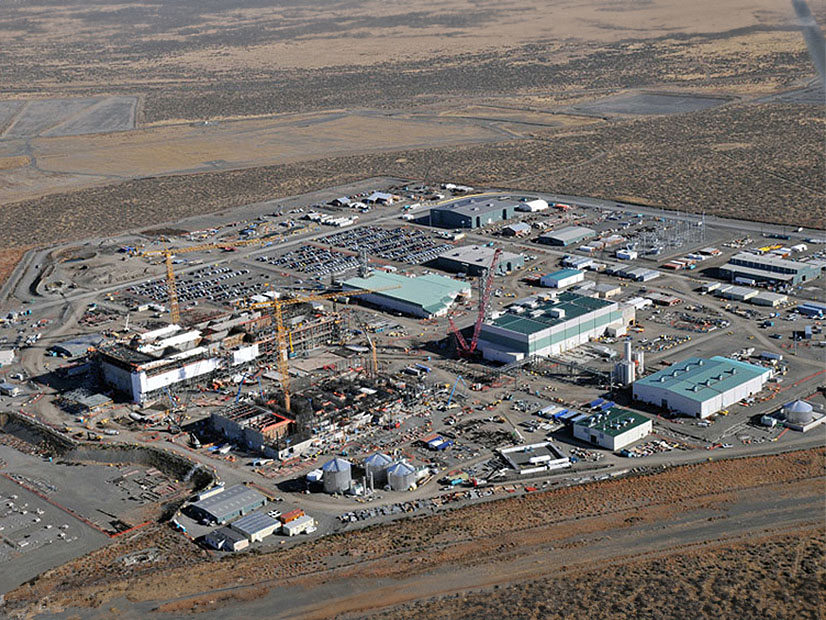The U.S. Department of Energy wants to convert 30 square miles of the state of Washington’s heavily contaminated Hanford Site into a clean technology park.
But the agency doesn’t yet know what type of clean tech it wants there.
Led by Deputy Energy Secretary David Turk, DOE officials talked about the concept Friday with about 75 people, including developers, in Richland.
The Hanford Site consists of 586 square miles of land set aside for nuclear research and development, of which the central portion and much of the Columbia River shoreline are highly contaminated. Southeastern Hanford borders Richland with a 30-square-mile portion that is mostly uncontaminated.
That 30 square miles includes the fenced-off Columbia Generating Station nuclear plan and a long-defunct research reactor. A handful of small, mildly contaminated waste burial sites are also in the area, which DOE says would be easy to clean up. The area is adjacent to the Pacific Northwest Laboratory’s complex in northern Richland.
DOE wants to combine its cleanup and energy missions by turning this area into a clean tech park, Turk said. However, it does not plan to pin down what it wants to put in that park for a while.
The agency is seeking public comments on how it should proceed by Oct. 12. It then expects to issue a request for proposals in late November. Decisions to narrow down those proposals should occur by early 2024.
“We’re not going into this with, ‘It has to be this technology, it has to be that technology.’ … We’re soliciting creative options,” Turk said. He declined to say if solar farms would be considered for the site.
Brian Harkins, DOE Hanford Site assistant manager for mission support, said wind farms would face hurdles in the area because of their vibrations. Just west of the 30 square miles is a Nobel-prize-winning observatory that captures gravitational waves from black holes and colliding stars. Its instruments are ultra-sensitive to outside vibrations.
The site could conceivably hold several projects simultaneously. The requirement is that any specific project must generate at least 200 MW of electricity. “We’re thinking big, really big,” said Ingrid Kolb, director of DOE’s Office of Management.
The area has been already heavily surveyed on environmental and cultural matters. DOE officials estimated that the appropriate environmental impact studies would take two to four years to complete. One advantage is that the studies would tackle the entire 30 square miles at once, instead of being divided into separate studies for individual projects, DOE officials said.
In a separate development, southeast Washington economic development organization Tri-City Development Council earlier this month said it planned to set up a nonprofit subsidiary to help develop clean energy businesses in the region. The group’s leader told NetZero Insider that it has not yet set a timetable for getting the venture up and running or identifying goals. (See Southeast Wash. Looks to Become Clean Tech Hub.)
